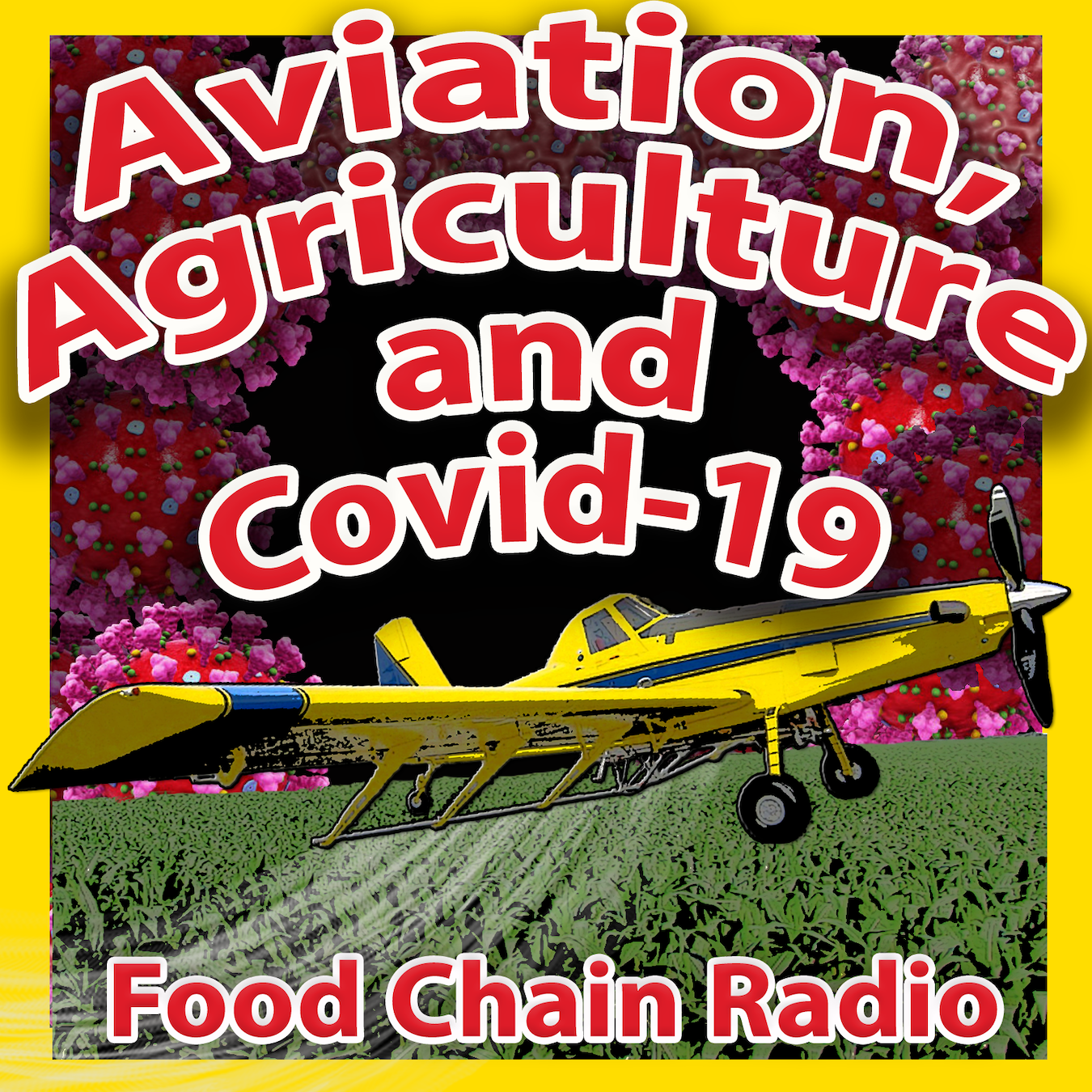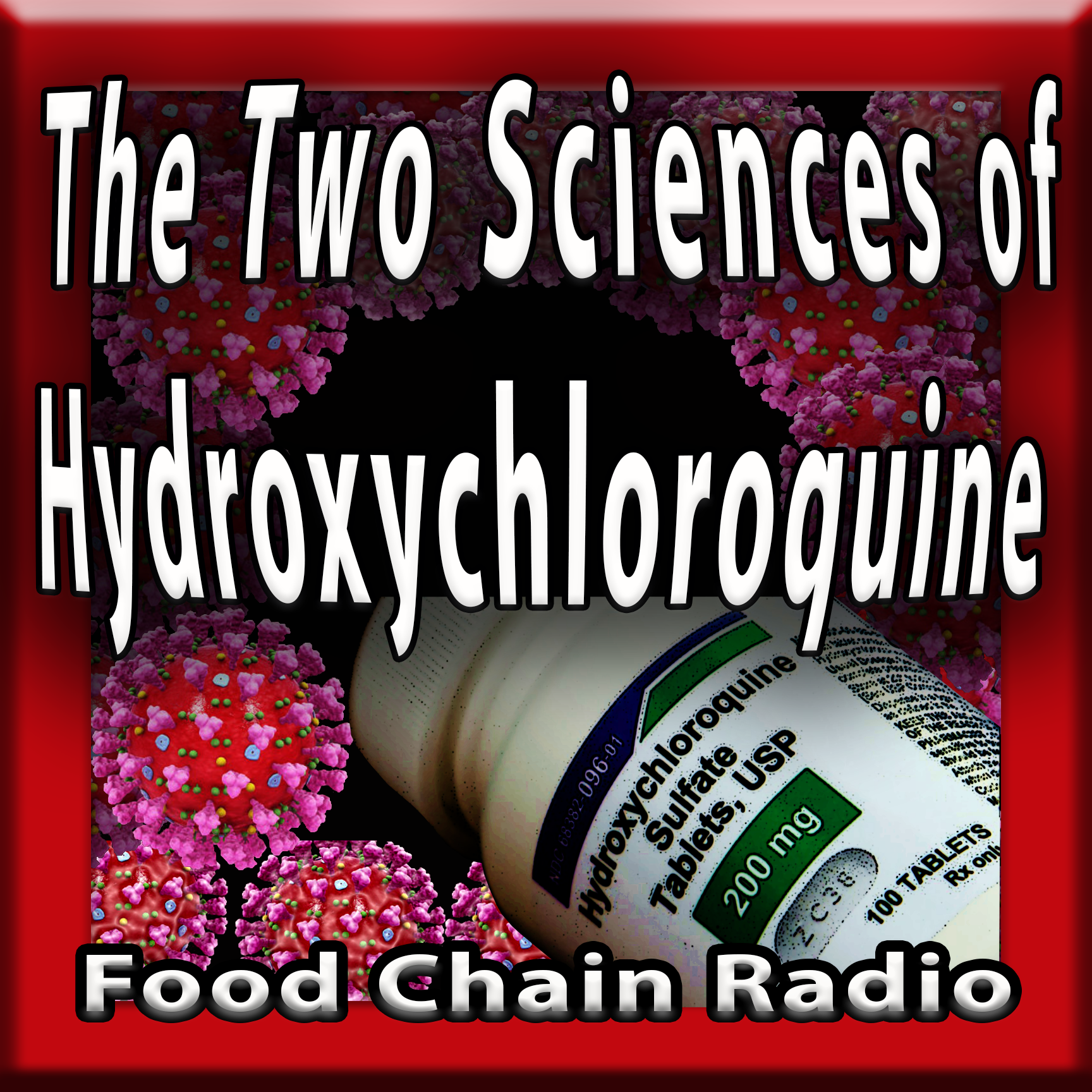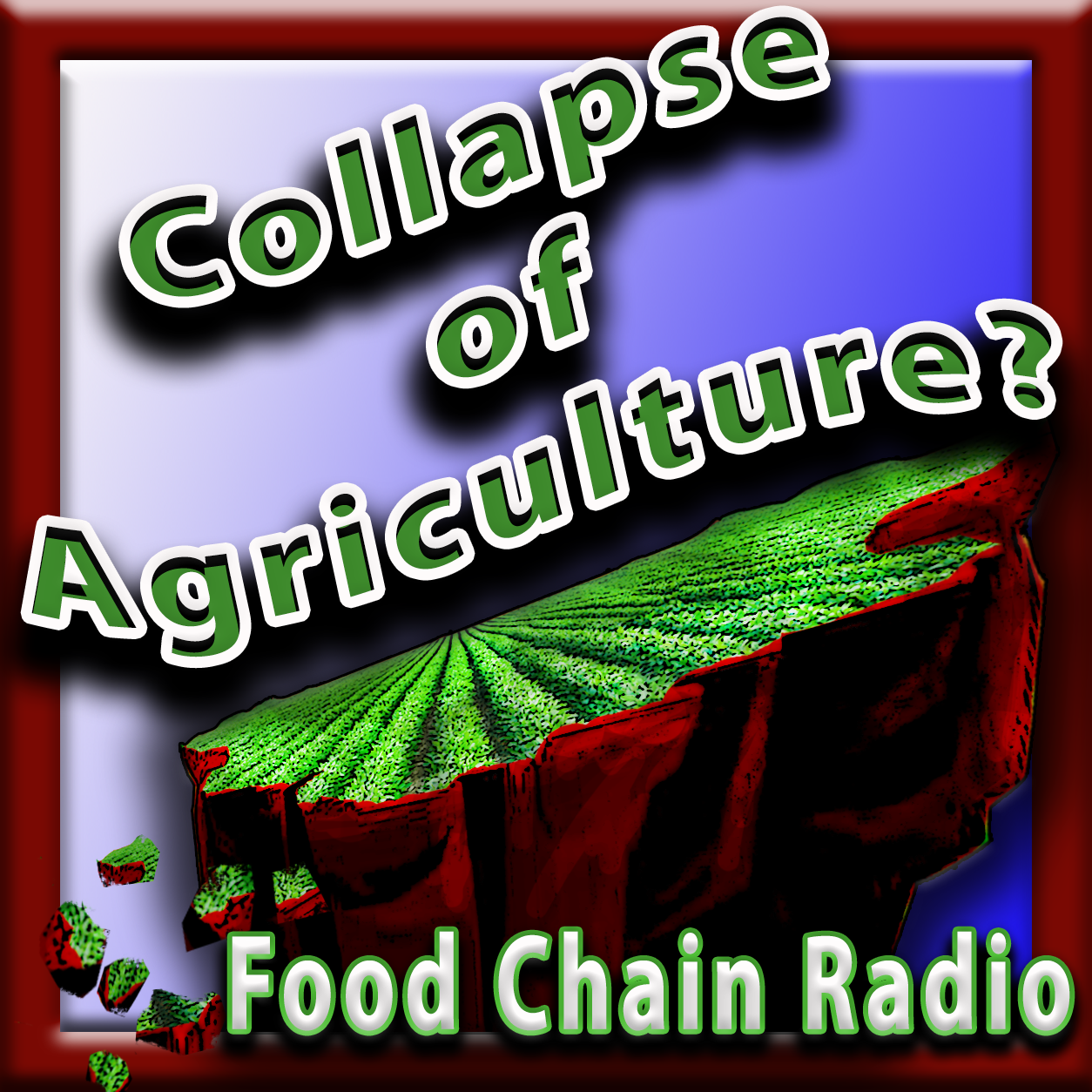
Agriculture Aviation and Covid-19
July 29, 2020
The Two Sciences of Hydroxychloroquine
August 13, 2020Food Chain Radio Show #1241
Michael Olson, Author & Urban Farming Agriculturalist
Big Ag Collapse?
Guests: Tom Philpott, Author, Perilous Bounty: The Looming Collapse of American Farming and How We Can Prevent It
The good Lord gave America the world’s best environment in which to grow food, and Americans took advantage of that environment and developed the world’s most productive agriculture. Never before have so few farmers grown so much food.

Michael Olson Food Chain Radio – The Collapse of Agriculture?
American agriculture was made to be so productive through the process of industrialization, which is a big word, but the formula is really quite simple.
It takes time, money and know-how to grow a crop. Time is the investment of labor, as in, “The farmer is out working in his field.” Money is the investment of capital, as in, “The farmer borrows money to buy a tractor.” And know-how is the investment of knowledge, as in, “The farmer knows how to plant seeds and harvest a crop.”
The key to understanding industrialization lies in the proportion by which the investments of time, money and know-how are made.
In the days of Thomas Jefferson, farmers had a lot of time, very little money, and just enough know-how. As a consequence, their farms tended to be labor-intensive subsistence enterprises and their principal crop tended to be their families.
But after World War II Americans were called off their farms to work in the city, and this migration forced a change in the relative value of time and money. Time became very expensive because there were so few farmers left out in the country to grow food. Money became very cheap because the inflating value of farmland gave farmers money in the bank.
Given this change in the value of time and money, farmers had to develop the know-how to grow crops with money instead of time. So instead of spending time hoeing weeds, farmers learned how to spend money on herbicides.
This new kind of know-how allowed farmers to grow the size of their farms to achieve economies of scale. Where a farmer in Jefferson’s day may have farmed one hundred acres, today’s farmer may farm 10,000 acres, and do so without insect or weed pests.
The industrialization of America’s agriculture made it possible for most everyone to live in the comfort of the city and to earn a living by pushing digital bits of information up into a cloud. As such, America’s industrial agriculture is truly miraculous.
But some say the true costs of industrializing America’s agriculture have not been paid, and that when those costs must be paid, agriculture is bound to collapse. And so today we pause to ask:
Leave a comment below: Do you think American agriculture will, or will not, collapse?



